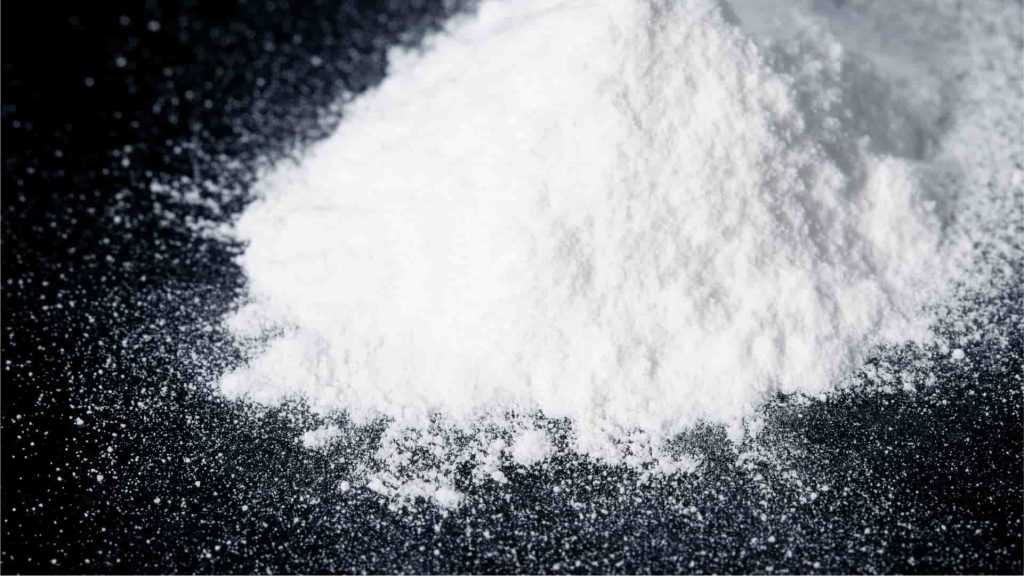Common 3 Types Of Flame Retardant Mineral Materials

Flame retardant mineral materials are flame retardants processed on the basis of natural minerals. According to their flame retardant mechanisms, they can be divided into ordinary minerals (hydroxides, carbonates, sulfates, etc.), clay minerals, and expandable minerals. Graphite etc.
1. Common mineral flame retardants
Metal hydroxides, carbonates, sulfates, etc. as flame retardants generally meet the following conditions: they can endothermic decomposition at a certain temperature (100-300 °C), and can release more than 25% of H2O or CO2 by mass fraction. and good filling performance; rich raw materials, low cost, low solubility and less harmful impurities. Such minerals can absorb the heat released by the combustion of the polymer and the radiant energy in the flame during the decomposition process, and the water vapor or (and) CO2 generated by the decomposition can dilute the concentration of the combustible gas and oxygen generated by the combustion of the polymer, reduce the surface of the material. The temperature can slow down the combustion speed and prevent the combustion from continuing; the metal oxide produced by the decomposition can be used as a covering layer to isolate the air and block the flame to prevent the flame from spreading. Compared with halogen-based and phosphorus-based flame retardants, it does not produce toxic and corrosive gases during the flame retardant process, and has obvious advantages in environmental protection, showing a vigorous development trend.
2. Nanoclay mineral flame retardant
Clay minerals are usually uniformly dispersed in polymers at the nanoscale, and the nanosheets of clay minerals act as a barrier to small molecules, combustible vapors and heat released from polymer combustion in two-dimensional directions, and degrade the polymer condensed phase. Combustion has a significant impact, and the clay platelets in the two-dimensional direction can also hinder the feedback of heat generated by gas-phase combustion to the condensed phase, thereby improving the flame retardant properties of the polymer. The nano-sized dispersed clay platelets have an obvious limiting effect on the mobility of polymer macromolecular chains, so that the macromolecular chains have a higher decomposition temperature than the completely free molecular chains when thermally decomposed.
3. Expandable graphite flame retardant
Expandable graphite (EG) is a special graphite intercalation compound formed by chemical treatment of natural flake graphite. Graphite has a layered structure, and alkali metals, strong oxidizing oxoacids, etc. can be embedded between the layers to form interlayer compounds, which begin to expand through the decomposition, gasification and expansion of the interlayer compounds at about 200 °C, and reach about 900 °C. The maximum value, the expansion range can reach 280 times, the expanded graphite changes from flake-like to low-density “worm” shape, which enhances the stability of the carbonized layer in the form of a cross-linked network, prevents the carbonized layer from falling off, and can be used on the surface of the material. The formation of a high-efficiency thermal insulation and oxygen barrier layer can block the transfer of heat to the surface of the material and the diffusion of small-molecule combustible gases generated by the decomposition of the material to the combustion area on the surface of the material, preventing further degradation of the polymer, thereby blocking the combustion chain. To the effect of efficient fire and flame retardant.
EG exists in a stable crystal form and has excellent weather resistance, corrosion resistance and durability. The carbon layer formed by expansion has good stability and can play a good skeleton role. As a new type of halogen-free physical intumescent flame retardant, EG has a very low heat release rate in fire, very little mass loss, and generates little smoke. It meets the requirements of environmental protection and can be used as a synergist for expansion systems. Synergists and flame retardants are used to prepare new intumescent flame retardant products with halogen-free, low smoke, low toxicity, better physical and chemical properties and fire resistance. EG will be widely used as a flame retardant.
